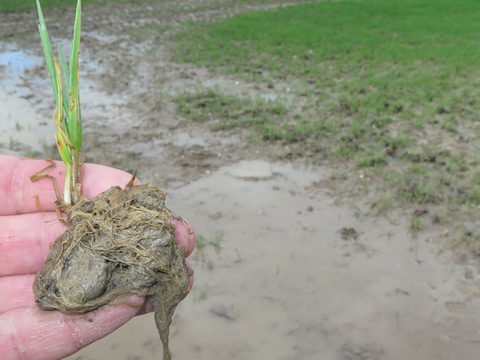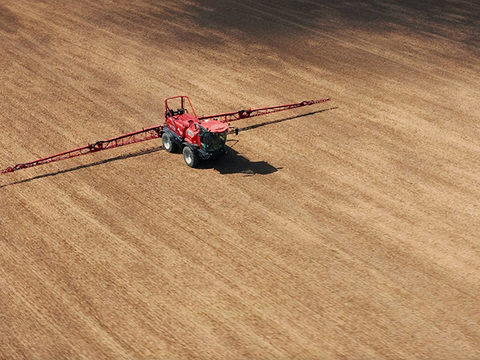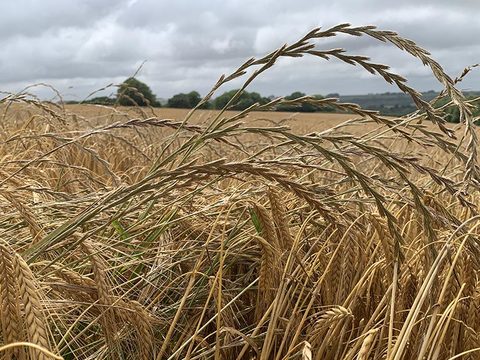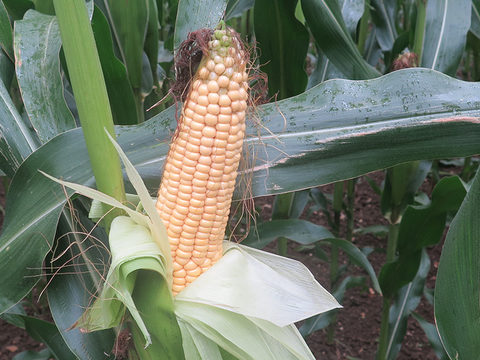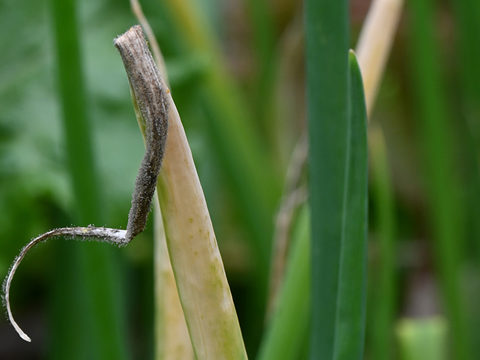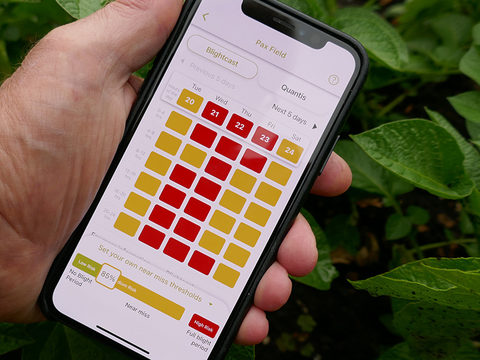Spring target for grass weed control

Wet weather delays to spring grassweed herbicide applications now pose extra challenges for farmers and agronomists.
As conditions warm up and plants start to grow rapidly, it’s the perfect timing for Axial Pro product uptake and potential for high levels of efficacy, advises Syngenta Technical Manager, Georgina Young (above). Growth potential conditions for cereal crops have been running at over twice the long-term seasonal average through the first half of March.
“But for practicality, growers also need to be considering broadleaved weeds that are rapidly emerging, and the optimum timing to remove grassweeds before they compete further with the crop and, in the case of some large overwintered weeds, become difficult to control.”

“Syngenta research with NIAB grass weed specialists has highlighted large overwintered grass weeds are the most damaging to crop yields and result in far higher seed return at harvest, compared to any grass weeds that will subsequently germinate later in the spring.”

Broadleaf weed mix
Georgina advocates targeting grass weeds first in any herbicide sequence, or using a time-saving tank-mix of AXIAL® Pro with a recommended broad-leaved herbicide appropriate to the specific field weed spectrum.
Where growers do opt for a split sequence of spring grass and broad-leaved herbicides, applying AXIAL Pro first allows for subsequent SU/ALS inhibitor or hormone broad-leaved herbicides to be applied after seven days. However, if SU/ALS inhibitor or hormone herbicides are applied first, Axial Pro should not be applied for 21 days, she recommended. “By which time any grass weeds present could have grown significantly larger and be more difficult to control,” warned Georgina.
Keep crops growing
“It’s important not to cause further checks in growth for crops that have been hampered by the wet soil conditions and stressed by delayed fertiliser application,” she added. Ensuring crops are recovering and have received nutrition will make them more resilient to any herbicides applied.
“AXIAL Pro has been shown to be less likely to result in any phytotoxic effects, compared to some other spring applied herbicides."
“It is also approved for use in winter and spring wheat and barley, up to growth stage 41, before flag leaf sheath extending stage.”

For further time saving this spring, where growth stages coincide, AXIAL Pro can be tank mixed with Moddus which will promote rooting and prevent lodging after wet winter conditions.

Application advice
With later herbicide applications - where crops have started to fill and potentially shade smaller weeds from spray droplets - Georgina recommended sprayer operators use the angled Syngenta 3D ninety drift reduction nozzles and use a water volume of 200 litres per hectare.
“The angled spray pattern and higher water volume will more effectively target weeds through the canopy.”
She advised operators not to increase pressure in an effort to push the spray through the canopy or travel faster, since that will increase the proportion of small droplets that have less velocity to reach the target and are more susceptible to drift.

An 04 nozzle delivering 200 l/ha at 2 bar when travelling at 8 km/hr, for example, would need to operate at 5 bar to give the same water volume at 12 km/hr; while an 05 nozzle operating at 12 km/hr would deliver the 200 l/ha water volume at an optimum 3 bar pressure.

“Select the appropriate nozzle size to deliver the desired water volume at the intended operating speed. The mantra to ‘go low; go slow; get covered’ is as appropriate for spring grass weed application as it is for autumn pre-emergence treatments,” reminded Georgina.
Drift reduction technology could help make the best use of any available spray window as workloads stack up over the busy spring period. “The Syngenta Spray Assist App is designed to help operators select the optimum combination of available nozzles and sprayer set up for any application over the season,” she added.



